Is your WordPress site acting strange?
Unexpected redirects, slow loading times, or suspicious content appearing out of nowhere? 🚩
These could be telltale signs that your website has fallen victim to malware.
In today’s digital landscape, where cyber threats are ever evolving, protecting your WordPress site is crucial. But what if it’s already infected?
Don’t panic!
Removing malware from your WordPress site doesn’t have to mean losing all your valuable data.
Whether you’re dealing with backdoors, drive-by downloads, or malicious redirects, there’s a solution that can help you clean your site while preserving your content.
From automated tools like MalCare to manual techniques for the tech-savvy, this guide will walk you through the process of malware removal step by step.
In the following sections, we’ll dive deep into understanding WordPress malware, preparing your site for cleanup, and exploring both automated and manual removal techniques.
You’ll learn how to scan for threats, restore your site’s reputation, and implement robust prevention measures to keep your WordPress site secure in the future. Ready to take back control of your website?
Let’s get started! 💪
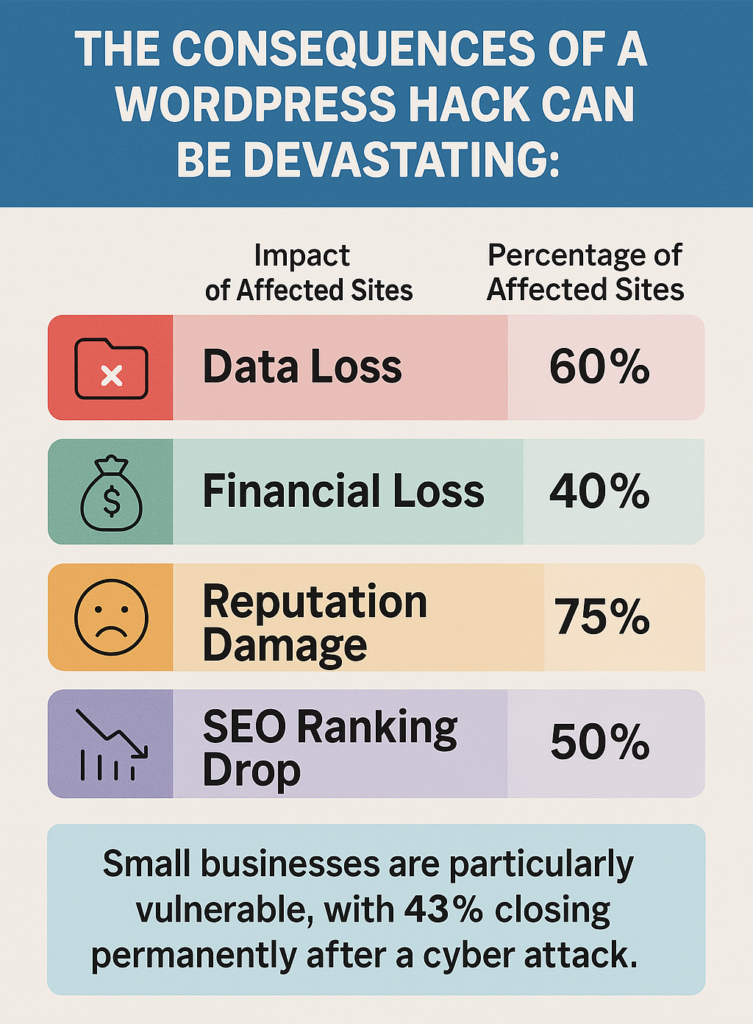
Understanding WordPress Malware
Common types of malware
WordPress websites are vulnerable to various types of malware, including:
- Backdoors: Exploit outdated software to gain unauthorized access
- Drive-by downloads: Trick users into downloading malicious payloads
- Pharma hacks: Add spam links to pharmaceutical sites
- Malicious redirects: Steer users to harmful websites
| Malware Type | Description |
|---|---|
| Backdoors | Exploit vulnerabilities in outdated software |
| Drive-by downloads | Deceive users into downloading malicious files |
| Pharma hacks | Insert spam links to pharmaceutical websites |
| Malicious redirects | Direct users to harmful or malicious websites |
Signs of malware infection
Detecting malware can be challenging, as some infections remain discreet. However, there are several key indicators to watch for:
- Google warnings about site security
- Hosting provider suspensions
- Customer alerts about website issues
- Anomalous search results
- Slower site performance
- Unexplained changes in site files
- Degraded website performance
- Warning messages about malware
- Unexpected files or scripts
- Page defacement
- Login issues
- Intrusive pop-ups
Importance of regular scanning
Regular malware scanning is crucial for maintaining WordPress website security. Here’s why:
- High vulnerability: 83% of hacked CMS-based sites are built on WordPress
- Potential risks: SEO penalties, poor site performance, IP address denial lists, and threats to visitor security
- Early detection: Identify and address threats before they cause significant damage
It is recommended to conduct malware scans:
- At least monthly
- After any significant website changes
Popular scanning tools include:
- Wordfence (user-friendly)
- Sucuri
- MalCare
- Solid Security Formerly iThemes Security
Regular scanning, combined with a robust security strategy and quality hosting, can effectively safeguard WordPress sites from malware threats.
Now that we have covered the basics of understanding WordPress malware, let’s move on to the next crucial step: Preparing for Malware Removal. This upcoming section will guide you through the essential steps to take before initiating the malware removal process.
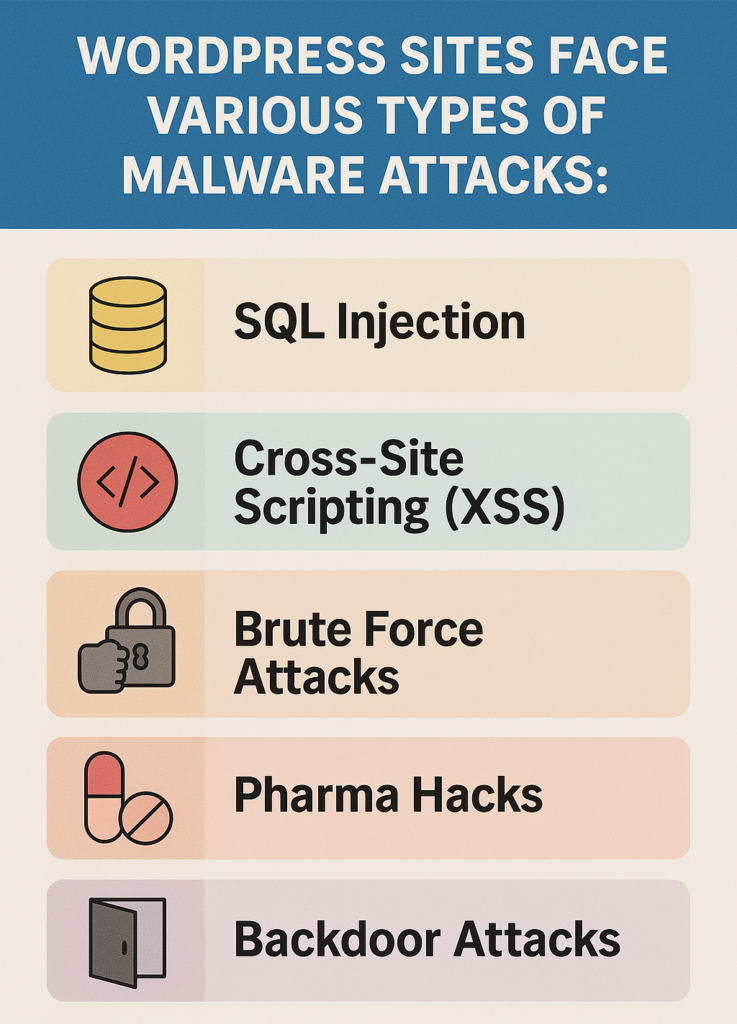
Preparing for Malware Removal
Now that we’ve explored the various types of WordPress malware, let’s focus on preparing for the removal process. This crucial step ensures we can effectively clean our site without losing valuable data.
A. Restricting access to your WordPress site
Before diving into malware removal, it’s essential to limit access to your WordPress site. This prevents further damage and unauthorized entry during the cleanup process.
- Block suspicious IP addresses:
- Use Hosting’s cPanel to restrict access
- Add known malicious IPs to your blocklist
- Update all passwords and access keys:
- Change WordPress admin password
- Update database passwords
- Refresh API keys and salts
- Remove potential exploits:
- Delete any suspicious symlinks
- Update WordPress core, plugins, and themes
B. Backing up files and database
A comprehensive backup is your safety net during malware removal. It ensures you can restore your site if anything goes wrong.
| Backup Method | Pros | Cons |
|---|---|---|
| Hosting cPanel | Easy to use, integrated | Limited customization |
| UpdraftPlus Plugin | User-friendly, flexible | Requires plugin installation |
| SSH Commands | Full control, scriptable | Technical expertise needed |
| SFTP | Visual file management | Time-consuming for large sites |
Steps for backing up:
- Export your WordPress database
- Download all WordPress files, including themes and plugins
- Store backups in a secure, off-site location
C. Analyzing recent changes and access logs
Identifying recent changes helps pinpoint the source and extent of the malware infection.
- Review access logs to spot unusual activity
- Check for unexpected file modifications
- Examine database entries for suspicious scripts
- Look for unauthorized admin users or strange user accounts
By thoroughly preparing for malware removal, you set the stage for a successful cleanup operation. With access restricted, backups in place, and recent changes analyzed, you’re ready to move on to the next crucial step: scanning for malware. This comprehensive scan will help identify the specific threats plaguing your WordPress site, allowing for targeted removal efforts.
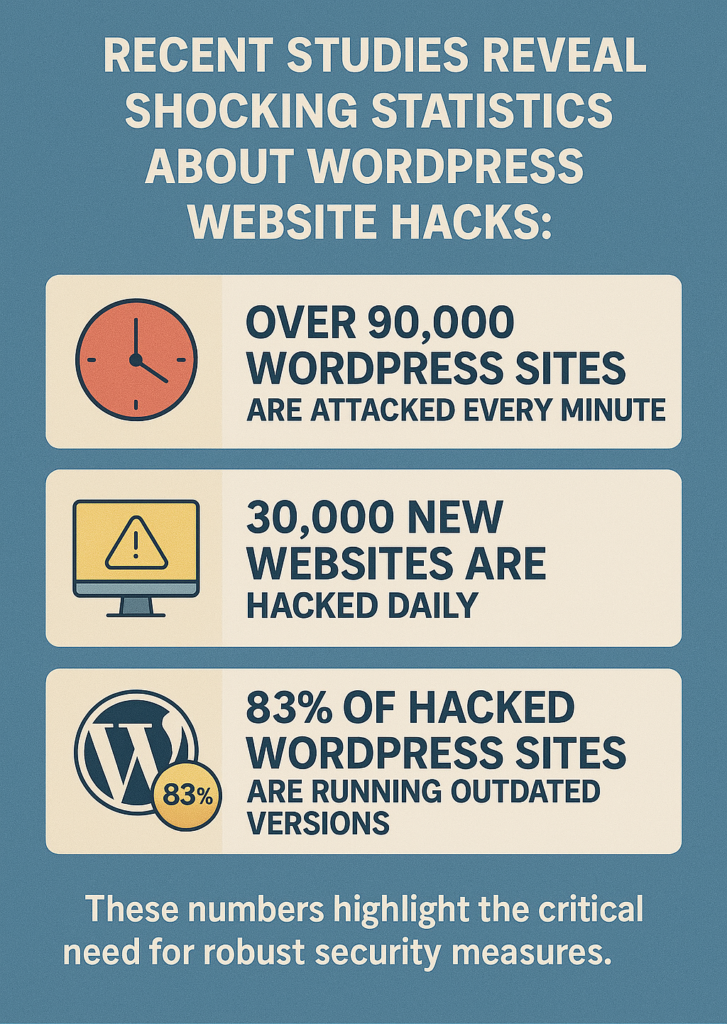
Scanning for Malware
Now that we’ve prepared for malware removal, it’s crucial to scan your WordPress site thoroughly to identify any existing threats. Let’s explore the various methods for scanning your site for malware.
A. Using security plugins
Security plugins are essential tools for detecting malware on your WordPress site. Here are some popular options:
| Plugin | Key Features |
|---|---|
| MalCare | – Signal-based scanning algorithm – Daily automatic scans – Remote scanning – Vulnerability detection |
| Sucuri | – Comprehensive security services – Web Application Firewall (WAF) – Remote scanning |
| Wordfence | – Extensive scanning capabilities – Automated cleaning – File-based malware detection |
MalCare stands out with its unique signal-based scanning algorithm, which effectively detects all instances of malware, unlike traditional signature-matching methods. It offers daily automatic scans at no cost and performs remote scanning to avoid impacting site performance.
Sucuri provides comprehensive security services, including a Web Application Firewall (WAF). However, it lacks automated malware removal, which may require manual intervention.
Wordfence offers extensive scanning and automated cleaning but may generate false positives and has limitations in detecting new threats.
B. Utilizing online scanning tools
Online scanning tools provide an alternative method for checking your WordPress site’s security. Some notable options include:
- Sucuri SiteCheck: A remote scanning tool that checks any URL for security threats, including malware, defacements, and blacklisting.
- Shield Security PRO: Powered by the MAL{ai} AI engine, it offers daily scanning and adaptive learning for detecting malware.
- Quttera: Utilizes machine learning for malware detection but has limited features compared to other options.
These tools allow you to scan your site without installing additional plugins, which can be beneficial for performance and security reasons.
C. Manual scanning (for experts only)
For those with advanced technical skills, manual scanning can provide a deeper level of insight into your site’s security. This process involves:
- Examining the site’s source code for malicious links and redirects
- Checking file integrity and comparing against known good versions
- Analyzing database entries for suspicious content or modifications
Manual scanning requires extensive knowledge of WordPress structure and potential security vulnerabilities. It’s recommended only for experts or with guidance from security professionals.
With these scanning methods at your disposal, you’re now ready to move on to the next crucial step: automated malware removal. This process will help you efficiently clean your WordPress site of detected threats, ensuring a secure environment for your visitors and maintaining your site’s reputation.
Automated Malware Removal
Now that we’ve covered how to scan for malware, let’s explore automated methods for removing it from your WordPress site.
Benefits of using security plugins
Security plugins offer several advantages for automated malware removal:
- Comprehensive scanning capabilities
- Real-time threat detection
- Automatic updates and definition upgrades
- User-friendly interfaces
- Integration with WordPress core
| Plugin Feature | Benefit |
|---|---|
| AI-powered scanning | Detects complex and evolving threats |
| Daily scans | Ensures continuous protection |
| Customizable responses | Tailors security to your site’s needs |
| Automatic repairs | Minimizes downtime and manual intervention |
Step-by-step guide for plugin-based removal
- Choose a reputable security plugin (e.g., Malcure, Shield Security PRO)
- Install and activate the plugin through your WordPress dashboard
- Configure scan settings and schedules
- Run a comprehensive initial scan
- Review scan results and identified threats
- Allow the plugin to automatically remove detected malware
- Manually review any files flagged for inspection
Post-removal security measures
After using a plugin to remove malware, take these additional steps:
- Update all WordPress core files, themes, and plugins
- Implement strong password policies and two-factor authentication
- Enable firewall protection through your security plugin
- Monitor user activity and conduct regular security audits
- Remove any unauthorized admin accounts
- Reset file permissions to protect sensitive data
By leveraging automated malware removal tools, you can efficiently clean your WordPress site. However, for more complex infections or if you’re unsure about the results, manual removal techniques may be necessary. In the next section, we’ll explore these advanced methods for tackling persistent malware issues.
Manual Malware Removal Techniques
Now that we’ve explored automated malware removal options, let’s delve into manual techniques for those who prefer a hands-on approach or need to address complex infections.
A. Reinstalling WordPress core files
To begin the manual removal process, it’s crucial to replace potentially compromised core files:
- Download a fresh copy of WordPress from the official website
- Replace all core files in your installation, except for:
- wp-config.php
- wp-content folder
- .htaccess file
This step ensures that your core system files are clean and free from malware.
B. Comparing infected and clean installations
After reinstalling core files, compare your infected site with a clean installation:
| Aspect | Infected Site | Clean Installation |
|---|---|---|
| File structure | May have unfamiliar files | Standard WordPress structure |
| File sizes | Potentially larger | Normal sizes |
| File timestamps | Recent unexplained changes | Match installation date |
| Code content | May contain suspicious scripts | Clean, standard code |
Look for discrepancies and investigate any suspicious files or changes.
C. Cleaning uploads directory and database entries
The uploads directory is a common target for malware:
- Scan the uploads folder for PHP files (which shouldn’t be there)
- Remove any suspicious or unfamiliar files
- Check the database for malicious SQL entries:
- Look for base64_decode() or eval() functions in posts or comments
- Remove any suspicious scripts or content
D. Reviewing and removing suspicious content
Conduct a thorough review of your site’s content:
- Examine posts and comments for hidden malicious links or scripts
- Check user accounts and remove any unauthorized admin users
- Review theme and plugin files for unexpected changes
- Inspect .htaccess files for malicious redirects or rules
Remember to maintain backups throughout this process to prevent data loss.
With these manual techniques completed, we’ll move on to essential post-removal actions to ensure your site remains secure and regains its reputation.
Post-Removal Actions
Now that we’ve covered manual malware removal techniques, it’s crucial to focus on post-removal actions to ensure your WordPress site remains secure and free from future infections.
A. Updating passwords and access keys
After successfully removing malware, the first step is to change all passwords associated with your WordPress site. This includes:
- WordPress admin passwords
- Database passwords
- FTP/SFTP passwords
- Hosting account passwords
Additionally, update access keys for any plugins or themes that use them. This precaution helps prevent any lingering malware from regaining access to your site.
B. Resetting file permissions
Proper file permissions are essential for maintaining WordPress security. After malware removal, review and reset permissions for all files and directories. A typical permission structure includes:
| File/Directory | Recommended Permission |
|---|---|
| WordPress files | 644 |
| WordPress directories | 755 |
| wp-config.php | 600 |
C. Removing symlinks
Symlinks (symbolic links) can be exploited by attackers to gain unauthorized access. Scan your WordPress installation for any suspicious symlinks and remove them. Pay special attention to:
- Directories outside your WordPress root
- Links to system files or directories
D. Updating WordPress, plugins, and themes
To prevent future infections, ensure all components of your WordPress site are up-to-date:
- Update WordPress core to the latest version
- Update all active plugins
- Update your current theme
- Remove any inactive themes or plugins
Regular updates patch known vulnerabilities and strengthen your site’s overall security posture.
With these post-removal actions completed, your WordPress site is now better protected against future malware infections. Next, we’ll explore the crucial steps for restoring your site’s reputation, which is essential for regaining trust from search engines and users alike.
Restoring Site Reputation
Now that we’ve covered post-removal actions, it’s crucial to focus on restoring your site’s reputation. This step is vital for regaining trust from search engines and users alike.
A. Requesting Google to remove site from blocklists
After successfully removing malware from your WordPress site, you may find that your site is still flagged by search engines. To address this:
- Access Google Search Console
- Navigate to the Security Issues section
- Request a review of your site
- Provide details of the malware removal process
- Wait for Google to re-evaluate your site (usually takes 1-3 days)
| Action | Timeline | Importance |
|---|---|---|
| Request review | Immediately after cleanup | High |
| Provide details | During review request | Critical |
| Wait for re-evaluation | 1-3 days | Necessary |
B. Addressing malware warnings in search results
Even after Google removes your site from blocklists, users might still see warnings in search results. To rectify this:
- Monitor search results for your site regularly
- Use Google’s URL Inspection tool to check specific pages
- Submit updated sitemaps to expedite the re-indexing process
- Consider using the “Request Indexing” feature for crucial pages
It’s important to note that restoring your site’s reputation takes time and consistent effort. Regularly monitor your site’s health using tools like uptime monitoring and security scanners to prevent future issues.
With your site’s reputation on the mend, the next crucial step is preventing future infections. This involves implementing robust security measures and staying vigilant against new threats.
Preventing Future Infections
Now that we’ve covered how to restore your site’s reputation after a malware infection, let’s focus on preventing future attacks. Implementing proactive security measures is crucial to maintain your WordPress site’s integrity and protect your data.
Implementing proactive security measures
To safeguard your WordPress site against future malware infections, consider the following strategies:
- Install reputable security plugins
- Implement a robust firewall
- Enable bot protection
- Set up brute-force protection
These measures form a multi-layered defense system, significantly reducing the risk of malware infiltration.
Regular updates and backups
Keeping your WordPress site updated is essential for maintaining security. Here’s why:
- Updates often include security patches for known vulnerabilities
- Outdated software is a common entry point for malware
| Action | Frequency | Importance |
|---|---|---|
| WordPress core updates | As soon as available | Critical |
| Plugin updates | Regularly | High |
| Theme updates | When released | Medium |
| Backups | Daily | Essential |
Regular backups ensure that you can quickly restore your site in case of a successful attack, minimizing data loss and downtime.
Choosing reputable hosting providers
Your hosting provider plays a crucial role in your site’s security. Look for providers that offer:
- Built-in security features
- Regular server-side updates
- Malware scanning capabilities
- 24/7 support for security issues
Utilizing security plugins for ongoing protection
Security plugins are your first line of defense against malware. Key features to look for include:
- Automatic malware scanning
- Instant malware removal
- Real-time web application firewall
- Activity logging for monitoring changes
Popular options like Sucuri Security, Wordfence Security, or All In One WP Security & Firewall provide comprehensive protection. However, services like MalCare offer advanced features such as:
- Seven-layer protection system
- Bot protection to mitigate SEO harm
- Bulletproof backups against ransomware
- User-friendly interface requiring no technical expertise
By implementing these preventive measures, you can significantly reduce the risk of future malware infections on your WordPress site, ensuring the safety of your data and maintaining your site’s reputation.
Removing malware from your WordPress site without losing data is a critical process that requires careful planning and execution. By following the steps outlined in this guide, from understanding malware types to implementing preventive measures, you can effectively protect your website and maintain its integrity. Remember to regularly scan for malware, keep your WordPress core, plugins, and themes updated, and utilize reliable security tools like MalCare or Sucuri for automated detection and removal.
Maintaining a secure WordPress site is an ongoing effort. Implement proactive measures such as choosing reputable hosting providers, enabling security plugins, and regularly backing up your site. By staying vigilant and following best practices, you can significantly reduce the risk of future infections and ensure your WordPress site remains safe, functional, and trustworthy for your visitors.
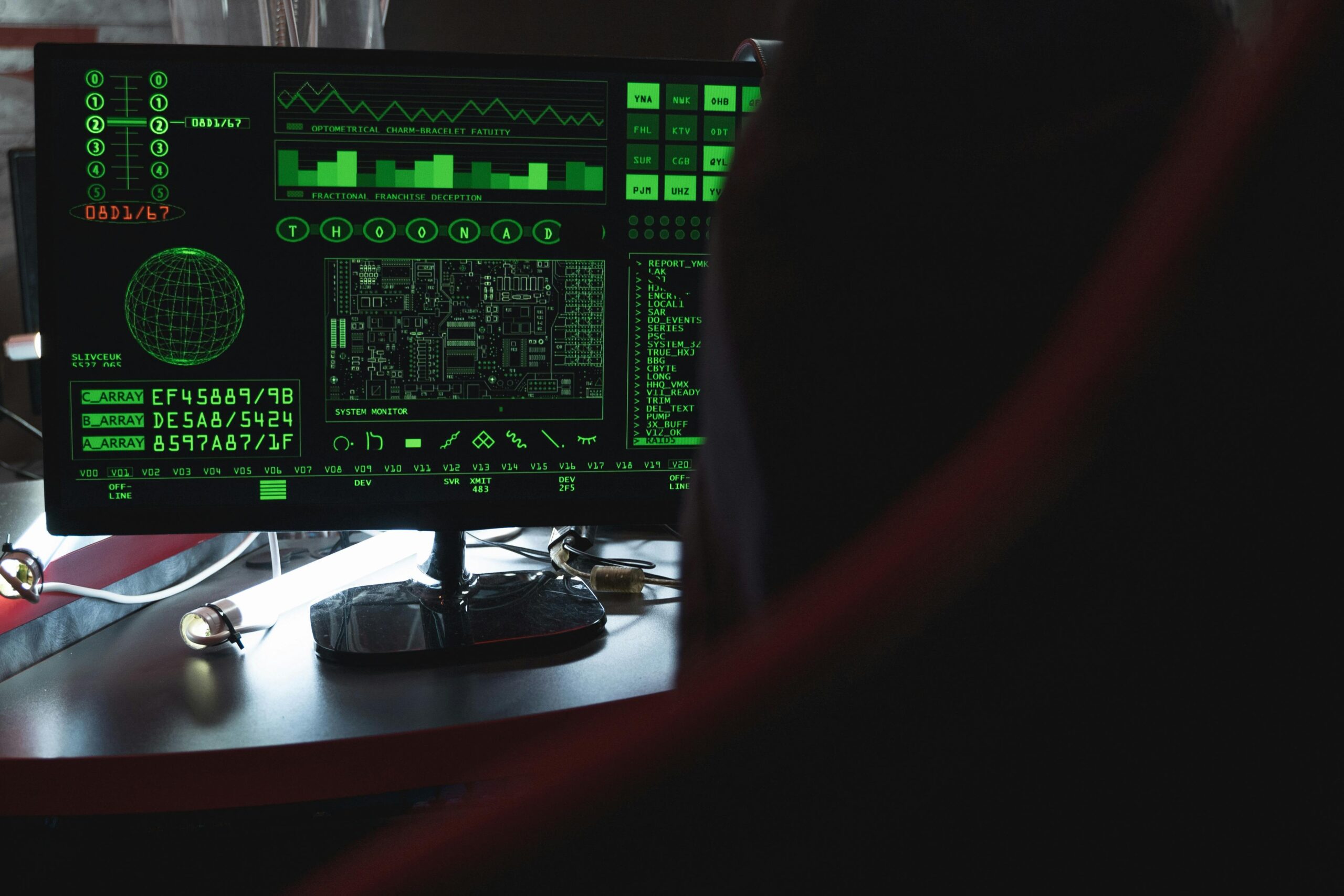


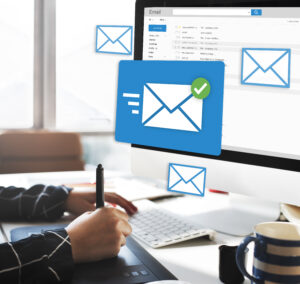





0 Comment